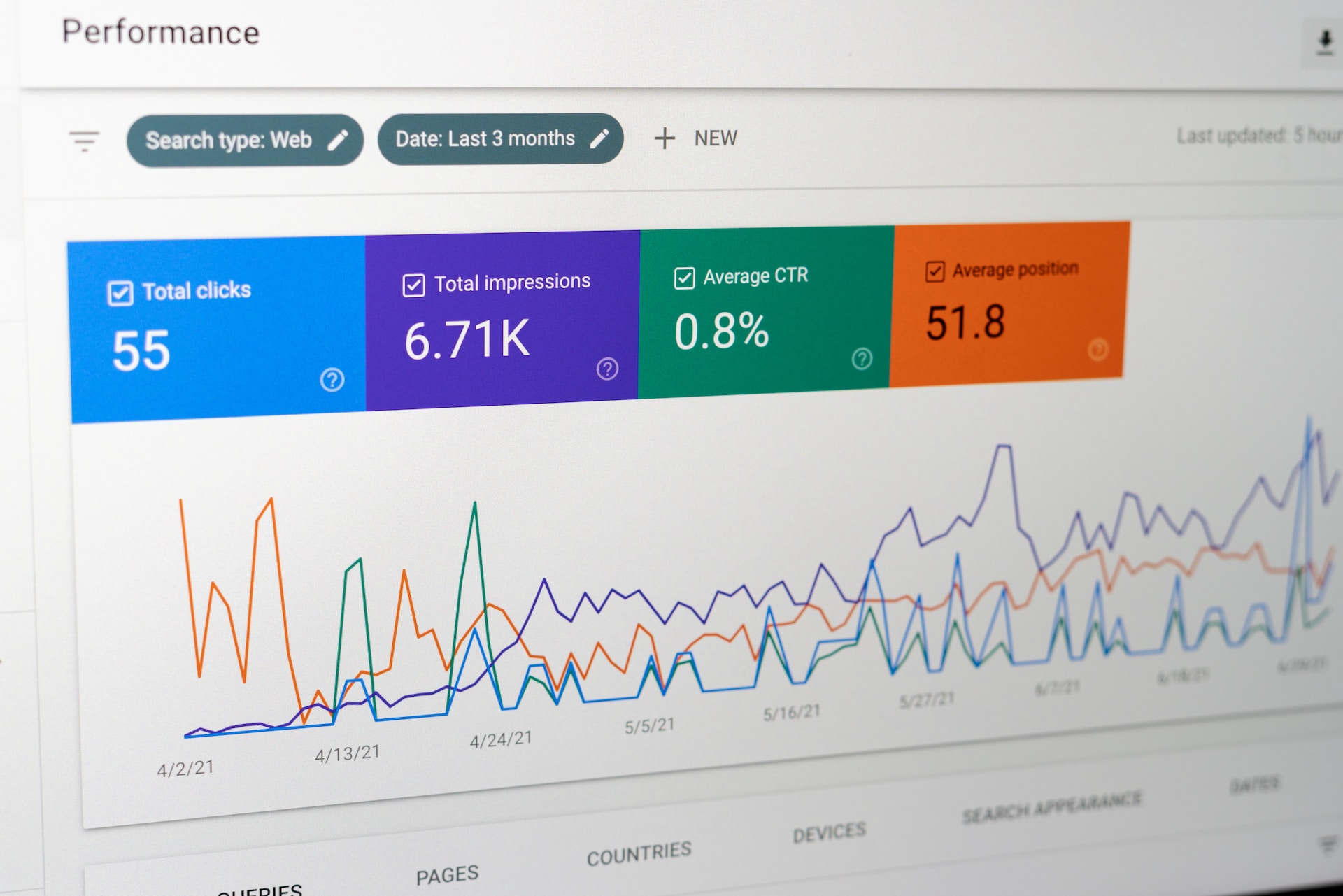Introduction:
In today’s digital landscape, data is the backbone of successful marketing strategies. Data-driven marketing utilizes analytics and insights to make informed decisions and drive effective campaigns. By harnessing the power of data, businesses can gain valuable insights into consumer behavior, preferences, and trends. In this blog post, we will explore the concept of data-driven marketing and how leveraging analytics can help businesses make more informed decisions.
- Collecting and Analyzing Relevant Data: The first step in data-driven marketing is collecting relevant data from various sources, such as website analytics, customer relationship management (CRM) systems, social media platforms, and market research. This data includes information about customer demographics, purchasing behavior, engagement metrics, and more. By utilizing tools like Google Analytics, you can gather valuable insights about your audience and their interactions with your brand.
- Defining Key Performance Indicators (KPIs): To make data-driven decisions, it is crucial to identify the key performance indicators (KPIs) that align with your business goals. KPIs could include metrics such as conversion rates, customer lifetime value, return on investment (ROI), or engagement metrics like click-through rates or time spent on a website. By setting clear KPIs, you can measure the success of your marketing efforts and evaluate the impact of different strategies.
- Analyzing Consumer Behavior and Segmentation: Data-driven marketing allows businesses to understand consumer behavior on a granular level. By analyzing data, you can identify patterns, preferences, and trends among different customer segments. This information enables you to personalize your marketing efforts and tailor messages to specific audiences. By segmenting your audience based on demographics, interests, or past behaviors, you can create targeted campaigns that resonate with each segment.
- Testing and Optimization: Data-driven marketing emphasizes continuous testing and optimization. By using A/B testing, marketers can compare different variations of campaigns, landing pages, or email subject lines to identify the most effective approach. Data-driven insights provide the ability to refine strategies, optimize campaigns, and improve overall marketing performance. This iterative process ensures that marketing efforts are constantly evolving to meet the changing needs and preferences of the target audience.
- Predictive Analytics and Forecasting: Data-driven marketing also leverages predictive analytics to anticipate future trends and behaviors. By analyzing historical data, businesses can identify patterns and make informed predictions about future customer actions. This allows marketers to proactively adjust strategies, allocate resources effectively, and stay ahead of the competition.
- Measuring and Reporting Results: One of the key benefits of data-driven marketing is the ability to measure and report results accurately. Through analytics tools, businesses can track the performance of marketing campaigns in real-time. This provides insights into which strategies are generating the desired outcomes and where adjustments are needed. Effective reporting enables stakeholders to make data-backed decisions and allocate resources more effectively.
Conclusion:
Data-driven marketing has transformed the way businesses approach their marketing strategies. By leveraging analytics and insights, companies can make informed decisions based on real data rather than assumptions. The ability to collect, analyze, and interpret data empowers marketers to understand their audience better, personalize their campaigns, and optimize their marketing efforts for maximum impact. Embracing data-driven marketing is crucial for staying competitive in the digital age and achieving long-term success in a constantly evolving marketplace.



